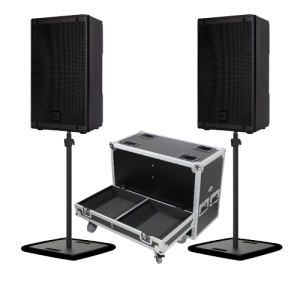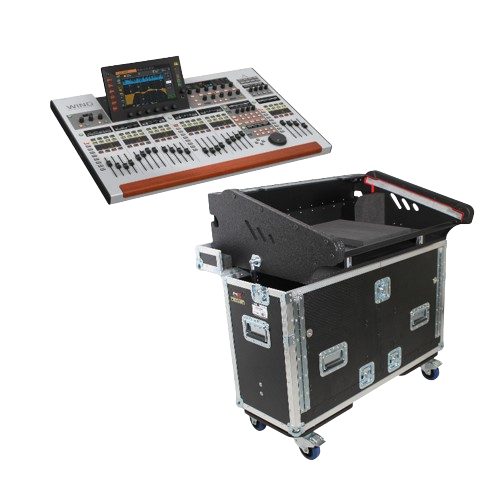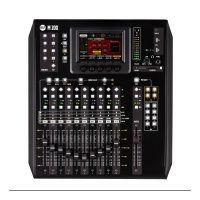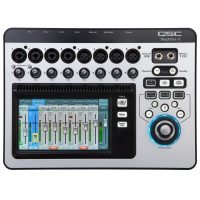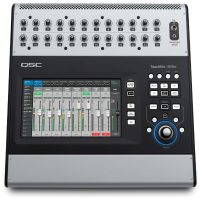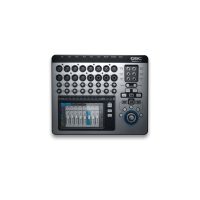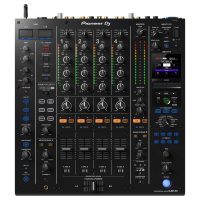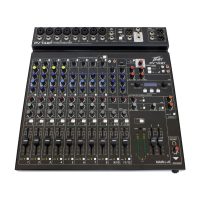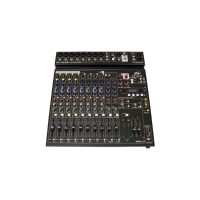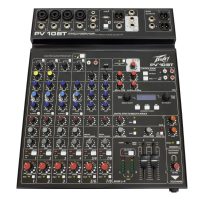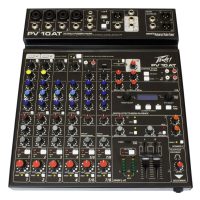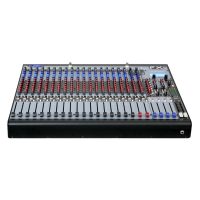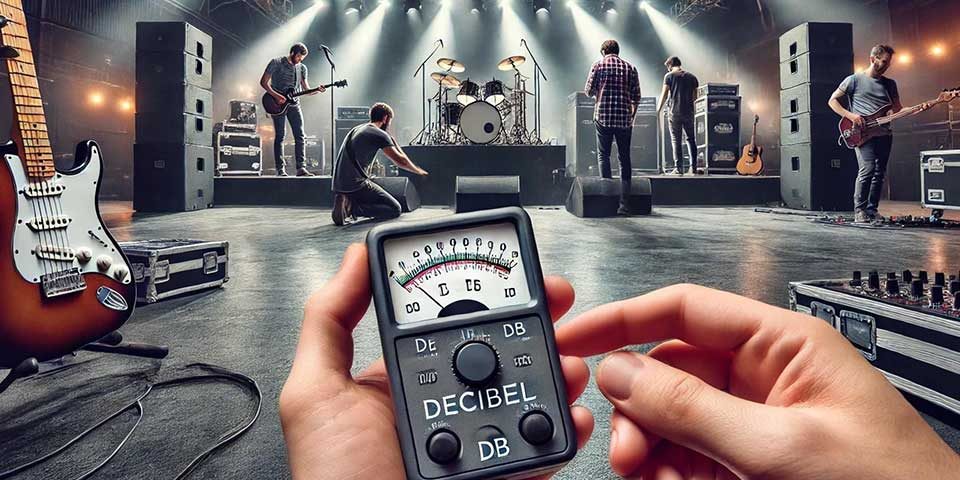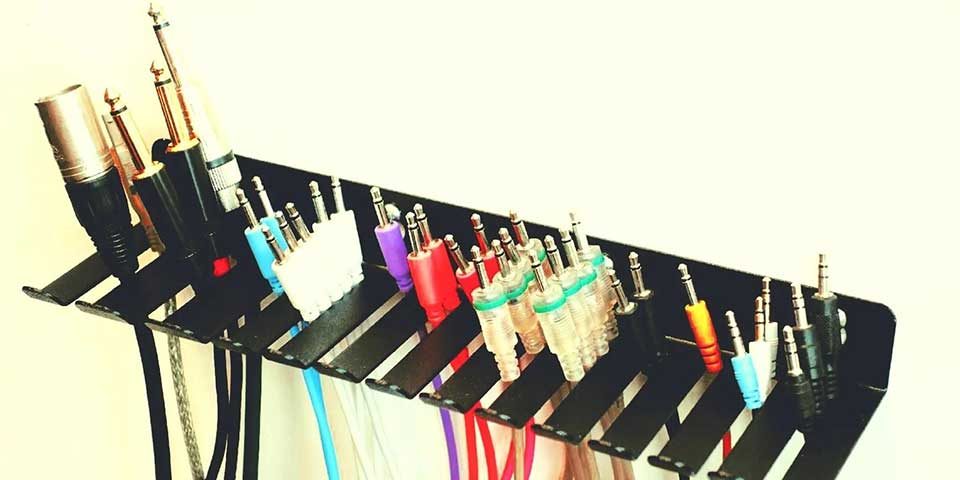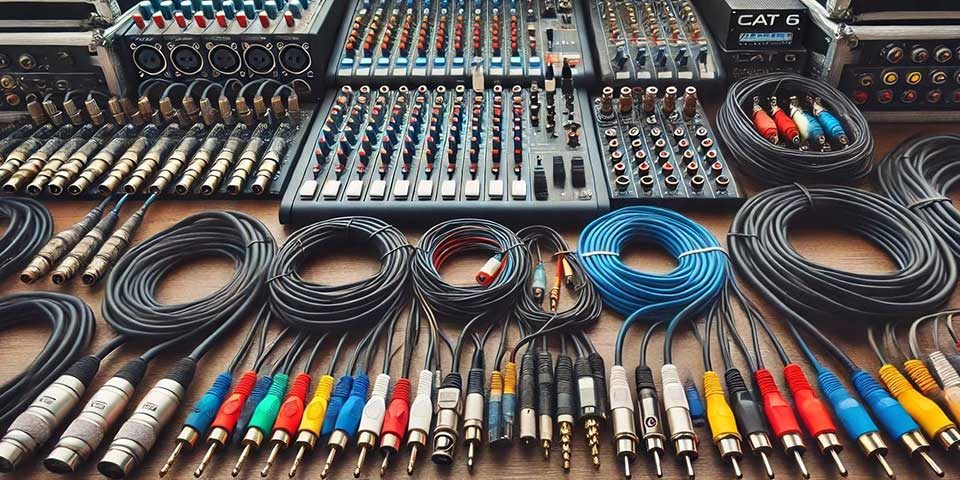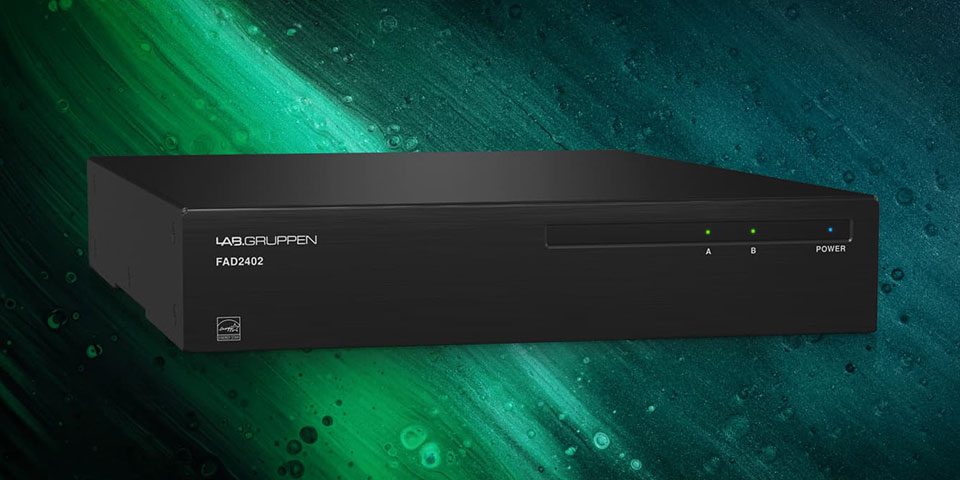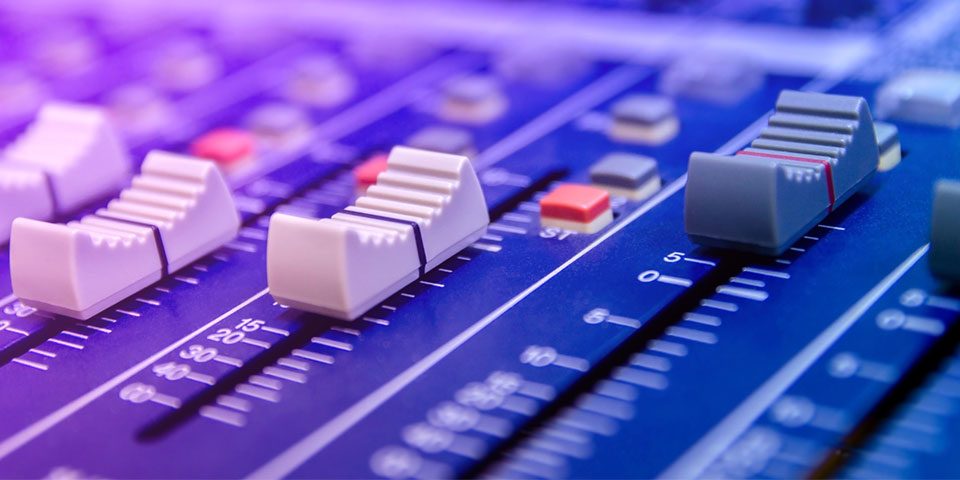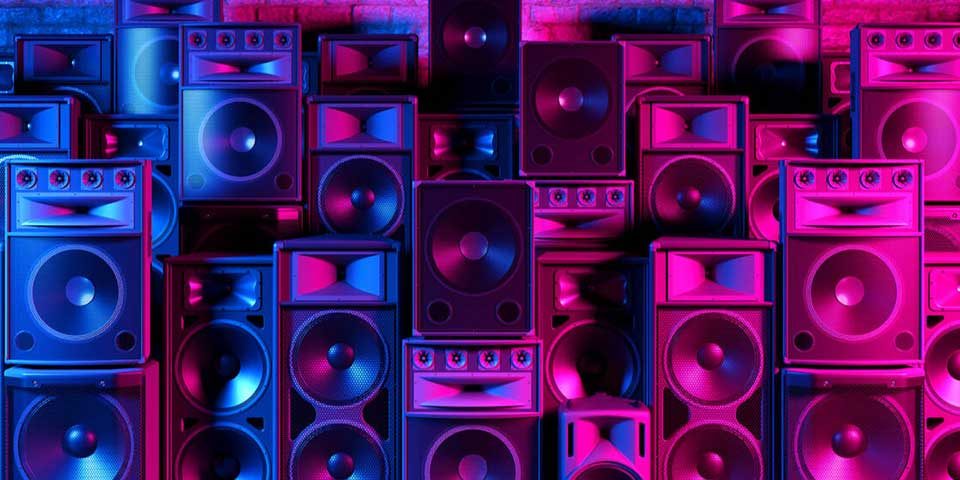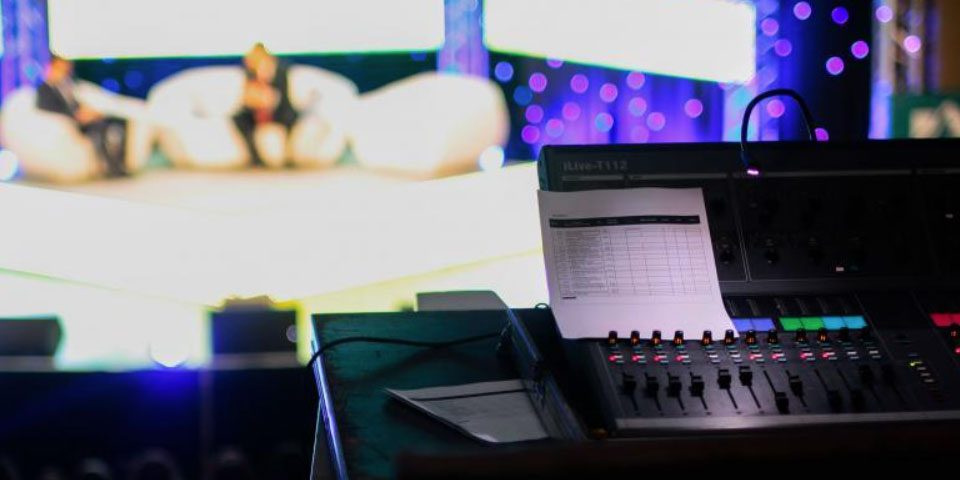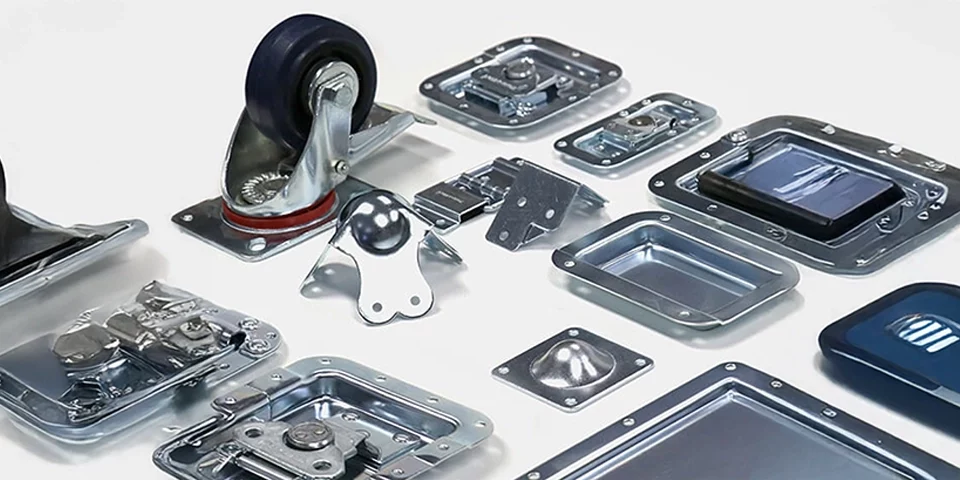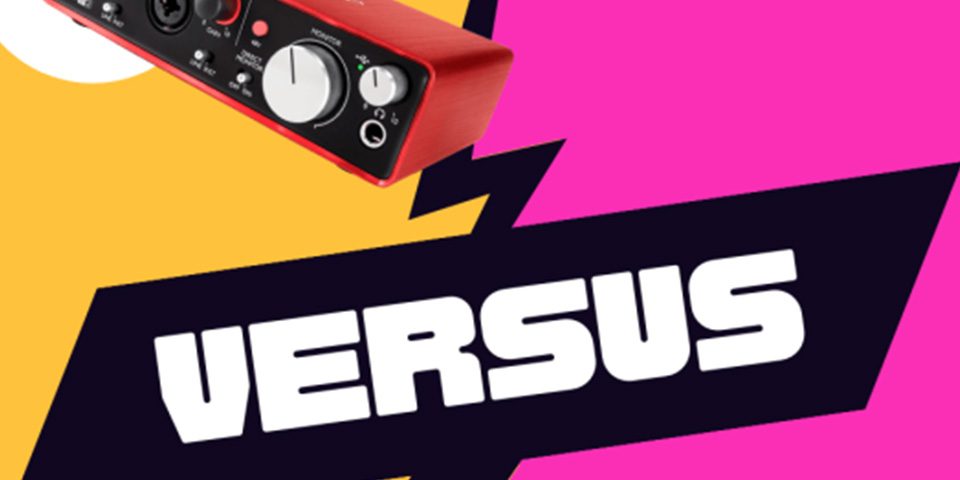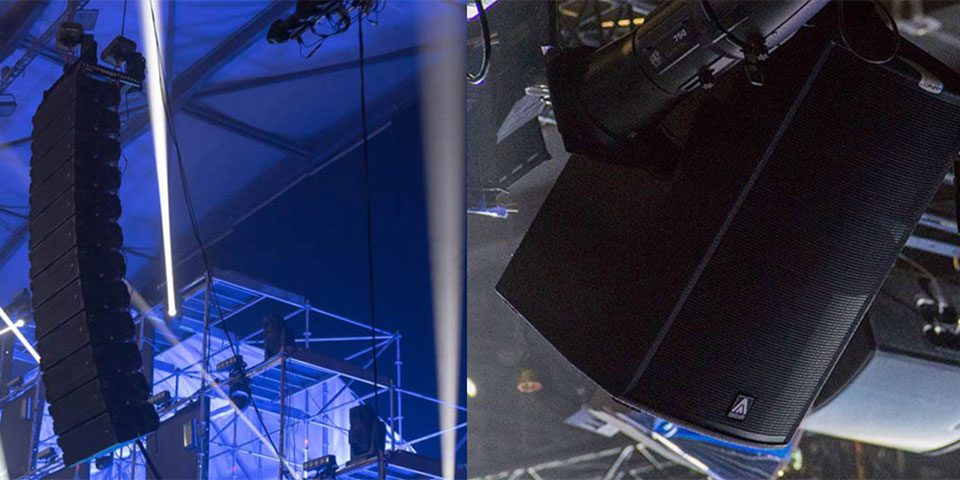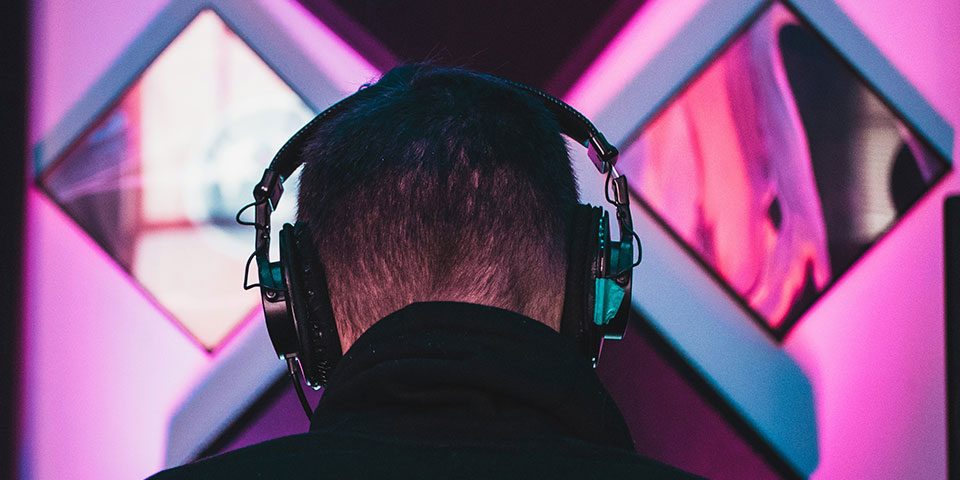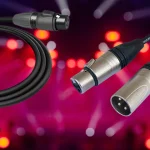
Difference Between DMX and XLR: A Complete Breakdown of Key Differences

How to Set Up a Video Wall: A Complete Guide for Different Builds and Control Systems

Difference Between DMX and XLR: A Complete Breakdown of Key Differences

How to Set Up a Video Wall: A Complete Guide for Different Builds and Control Systems
Powered vs Unpowered Mixer: Which Should You Choose?
When setting up live sound, one of the most crucial decisions is choosing between a powered vs unpowered mixer. Both have specific advantages, depending on the setup, venue size, and the type of performance. This guide provides an in-depth look at the convenience, versatility, and specific use cases of each, helping you determine which type of mixer is the best fit for your needs.
Understanding the Basics of Powered vs Unpowered Mixers
What Is a Powered Mixer vs Unpowered Mixer?
A powered mixer is a mixing console with a built-in amplifier, typically rated between 500 watts to 2000 watts of power, allowing you to connect directly to passive speakers without needing a separate amplifier. This all-in-one design makes it particularly useful for smaller setups and performers who need a quick and simple sound system.
Powered mixers are especially useful for:
Portability: The all-in-one design reduces the number of components, often weighing between 10 to 30 lbs depending on the model.
Ease of use: Ideal for users who want to avoid complex setups, making them popular among mobile DJs and musicians.
Best Use Cases: Small venues with audiences of up to 200 people, solo performers, and home studios where a fast setup and minimal equipment are essential.
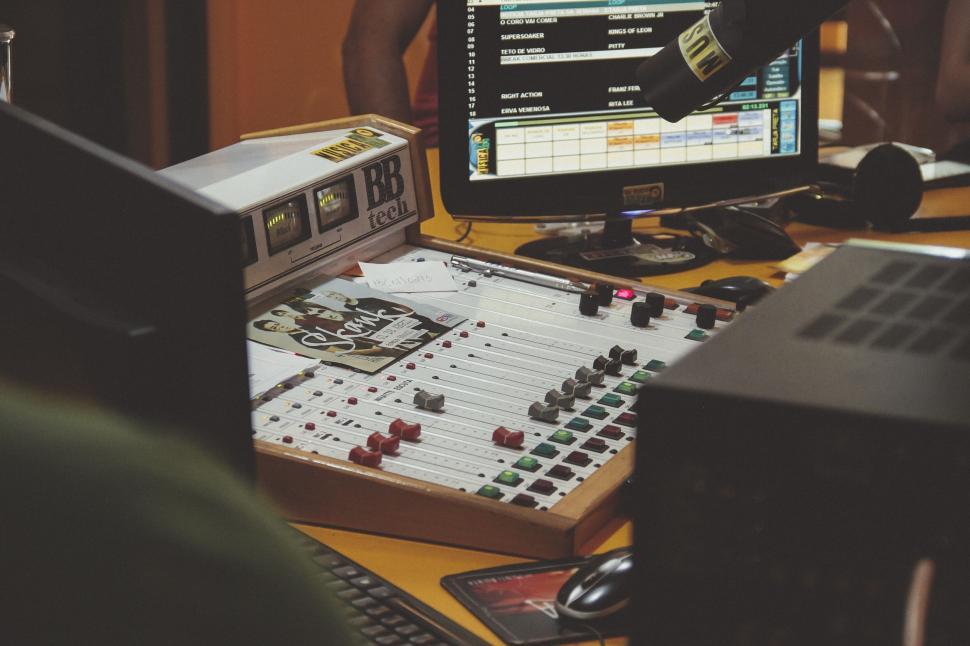
How Does an Unpowered Mixer Differ from a Powered Mixer?
An unpowered mixer does not contain a built-in amplifier, meaning you’ll need to connect it to an external amplifier and then to passive speakers. The power output depends entirely on the external amp, allowing you to scale the system for larger venues requiring higher wattage (often exceeding 3000 watts).
Unpowered mixers excel in:
Scalability: They can handle large systems with multiple amplifiers, each designed to power specific speakers (e.g., subwoofers, mid-range, and tweeters).
Customization: Professionals can choose amplifiers based on the venue size, power requirements, and type of event. For example, in venues hosting 500+ attendees, unpowered mixers paired with Class D amplifiers provide significant sound reinforcement.
Best Use Cases: Large venues such as theaters or outdoor events where precise control and high power are needed.
Key Benefits of Powered Mixers for Live Sound
Convenience and Portability of Powered Mixers
Powered mixers are the go-to choice for mobile setups due to their all-in-one design, eliminating the need for a separate amplifier. A typical powered mixer offers 600 watts per channel, allowing for sufficient sound coverage in spaces like small clubs or cafes.
Faster setup: A powered mixer connects directly to passive speakers, simplifying the process and reducing setup time by 30-40% compared to separate components.
Reduced gear: With fewer items to carry, powered mixers are typically used by DJs or bands who frequently perform in small venues.
For example, a 1000-watt powered mixer can cover a room of about 150-200 people with ease, making it ideal for weddings, small concerts, or parties.
Why Powered Mixers Are Ideal for Small Venues and Mobile DJs
For smaller venues (up to 2000 square feet), powered mixers are a compact, affordable solution. Their 2-in-1 nature minimizes the need for additional racks or equipment, which is critical for mobile DJs and musicians who travel frequently.
Portability: Powered mixers like the Behringer Wing weigh around 26 lbs, making them easy to transport without compromising on sound quality.
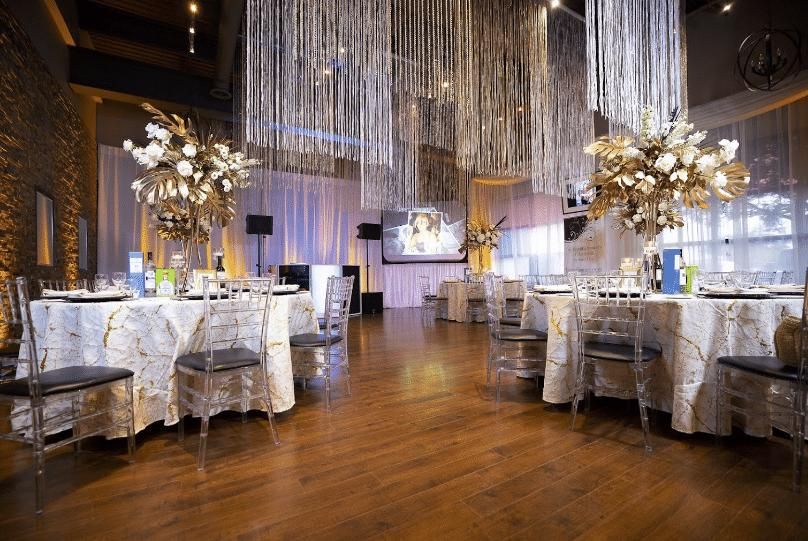
Example of a Top Powered Mixer: Behringer Wing 48-Channel Digital Mixer
The Behringer Wing 48-Channel Digital Mixer is a powerhouse, featuring 48 input channels, 28 buses, and a 24-fader control surface. It delivers 1000 watts of power, making it capable of handling more advanced setups, especially for mid-sized venues or outdoor events.
With its advanced routing and DSP capabilities, the Behringer Wing is versatile enough for both live sound and recording, offering users flexibility, control, and studio-grade sound processing.
Advantages of Unpowered Mixers for Professional Sound Systems
Flexibility and Scalability of Unpowered Mixers
Unpowered mixers give users the ability to upgrade or change amplifiers, making them a popular choice for large or evolving setups. Paired with high-powered amplifiers (e.g., Crown XTi 4002, which offers 1200 watts per channel), unpowered mixers can scale up to meet the demands of large venues.
For example, in a 5000 square foot event space, an unpowered mixer paired with two 2000-watt amplifiers can provide enough power to cover the entire venue without distortion.
Match amplification to venue size: Unpowered mixers allow you to choose amplifiers based on the space. For instance, a 1000-watt amplifier might work for a small room, while larger venues could require 3000-5000 watts.
Upgrade components: If the venue expands or sound requirements increase, you can replace the amplifier without needing to change the mixer.
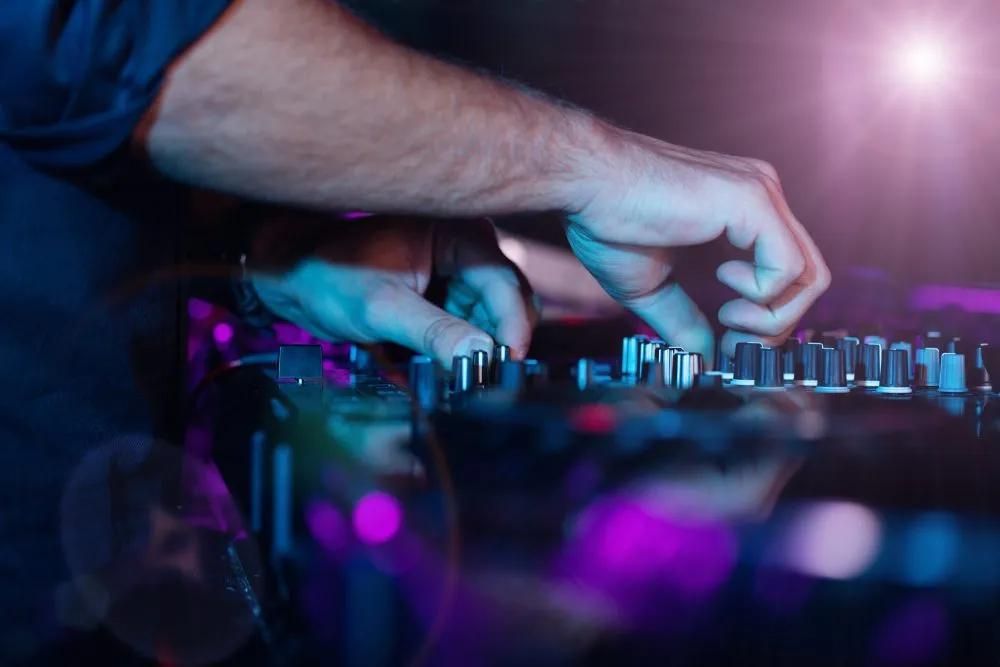
Why Unpowered Mixers Are Suitable for Large Venues and Complex Sound Systems
Unpowered mixers are essential for large venues (e.g., concert halls, theaters, or outdoor festivals) where sound control is critical. They are often paired with multiple amplifiers and speaker arrays, providing precise sound management.
For instance, in a 1000-person venue, you might use an unpowered mixer with several amplifiers delivering over 10,000 watts to different speaker zones, ensuring that sound reaches every part of the venue with clarity.
Why Unpowered Mixers Are Suitable for Large Venues and Complex Sound Systems
For those seeking high-quality unpowered mixers, GTR Direct’s Digital Mixer Collection offers options suitable for both live sound and recording studios. Brands like Mackie and Yamaha are top choices for unpowered mixers that deliver pristine sound quality in large or professional setups.
Powered vs Unpowered Mixer: Which Is Right for Your Setup?
Live Sound Technicians and Venue Owners: Choosing Between Powered vs Unpowered Mixers
For large venues, unpowered mixers offer the best flexibility and scalability. For instance, an unpowered mixer paired with high-wattage amplifiers is perfect for venues seating 500+ people, where advanced sound control is needed for multiple zones.
Why Powered Mixers Are Best for Mobile DJs and Musicians
For mobile DJs or musicians playing smaller venues, a powered mixer with 1000 watts is typically sufficient. Its portability and all-in-one design allow for rapid setup and easy transport for gigs of up to 200 attendees.
Why Powered Mixers Are Best for Mobile DJs and Musicians
For home studio enthusiasts, both powered and unpowered mixers can work depending on gear. A powered mixer might be ideal for simpler setups or beginner studios, while an unpowered mixer paired with an external amp provides more flexibility as the studio grows.
Cost Considerations: Powered vs Unpowered Mixers and Long-Term Investment
Initial Costs vs Future Flexibility of Powered vs Unpowered Mixers
Powered mixers are typically more affordable upfront, with a basic powered mixer costing around $400-$700, depending on power output and features. For larger setups or professional environments, unpowered mixers offer greater flexibility, allowing you to invest in high-powered amplifiers and components over time.
For example, an unpowered mixer with external amps could range from $1500-$3000, depending on how scalable the system is designed to be.
Conclusion: Making the Right Choice Between Powered and Unpowered Mixers
Choosing between a powered vs unpowered mixer ultimately depends on your specific needs, venue size, and long-term goals. If you prioritize portability and ease of use, a powered mixer like the Behringer Wing 48-Channel Digital Mixer is a fantastic all-in-one solution for small to mid-sized venues. However, for larger setups that require customization and scalability, an unpowered mixer from GTR Direct’s Digital Mixers will give you the flexibility you need for the future.

